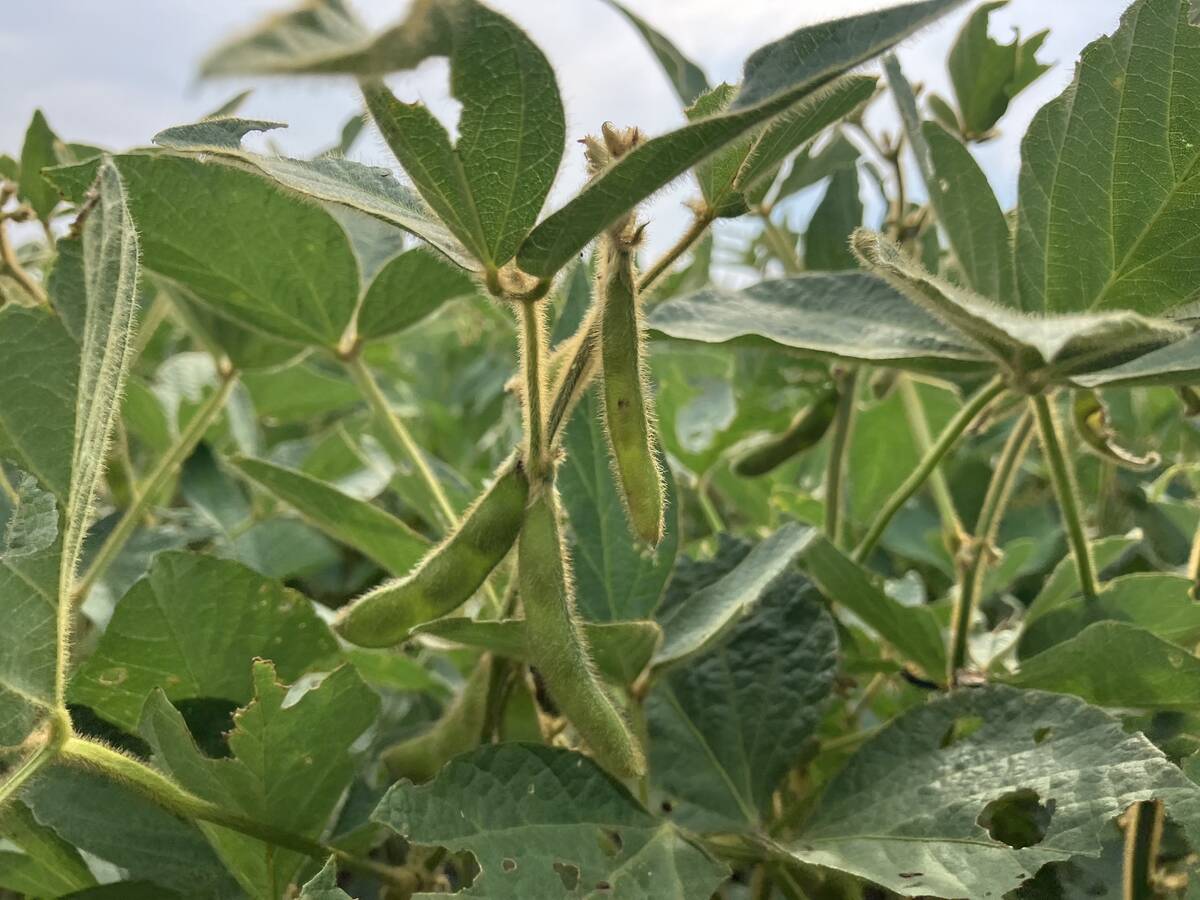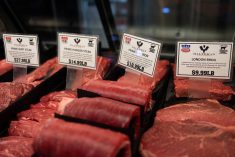Canadian farmers plan to grow a record crop of peas in 2008.
Statistics Canada’s March seeding intentions report shows growers will plant 3.79 million acres of the pulse, up 4.3 percent from 2007’s record crop.
The survey of 16,000 farmers agrees with most trade expectations, although some people had forecasted as much as four million acres.
“I never believed that. I thought that if it was, it would be a disaster,” said Brian Clancey, editor of the Stat Publishing special crops newsletter.
At the projected level of plantings, he doesn’t expect many problems marketing the pea crop because of continued strong demand from the Indian subcontinent, although he noted that at today’s prices there will be no feed markets.
Read Also

Soybean market still figuring out implications of China-U.S. pact
Soybean futures had a muted reaction to the U.S. trade deal with China as the market tries to figure out the nuances of the deal.
“I think we’re going to end up with our ending stocks going up but I don’t think that is going to be necessarily super burdensome.”
Special crops generally escaped unscathed from the large increase in wheat plantings, which is forecast to come at the expense of coarse grains and summerfallow.
South of the border it was a different story. Growers intend to cut pea acreage by three percent, dry beans by eight percent, lentils by nine percent and small chickpeas by 39 percent, according to the U.S. Department of Agriculture’s April 17 Vegetable and Melons Outlook.
Clancey said competition for acreage in the United States is more fierce than it is in Canada, and there is no summerfallow acreage to soften the blow.
“Peas, edible beans and lentils paid the price,” he said.
Statistics Canada didn’t have a national number for special crops other than peas, but it did provide a provincial breakdown.
In Saskatchewan, which is home to the vast majority of pulses, the agency is forecasting 1.33 million acres of lentils, which is almost identical to last year’s crop, and 155,000 acres of chickpeas, down 59 percent from 2007.
The lentil number was in line with Saskatchewan Agriculture’s forecast of 1.34 million acres, but the chickpea number was less than half of the 356,000 acres predicted by the province’s volunteer crop reporters and well below many industry expectations.
Kevin Hursh, a consulting agrologist and radio broadcaster, had anticipated a huge decline in chickpea acreage but nothing of this magnitude.
“That’s a massive drop,” he said.
He expected a 40 percent drop because chickpea prices haven’t increased much compared to other crops, and they are risky to grow.
“Other than me, I don’t know anybody that is seeding a lot of chickpeas,” said Hursh, who likes to be a bit of a contrarian.
He thought the pea increase would be a lot more than four percent considering there have been new crop contracts for yellow peas in the $9 per bushel range, although he acknowledged his estimate was probably skewed by what he has heard from growers near his farm in Cabri, Sask., who intend to go heavy on peas.
Hursh was also surprised by the Saskatchewan canaryseed number. Statistics Canada is projecting 410,000 acres of the crop, down 3.5 percent from 2007.
“I thought that acreage might be down a little bit more than that,” Hursh said.
Mustard is forecast at 400,000 acres, up 14 percent from 2007 levels because of outstanding prices for the crop, but there are strong values for many grains and oilseeds.
“If it was anything other than a year like this one, the whole world would have been trying to grow mustard,” Hursh said.
Canada’s other main special crop is beans. The total dry bean area to be seeded in Ontario, Manitoba and Alberta is 275,000 acres, down 24 percent from last year’s 363,000, according to the seeding intentions report.















